VHF Radar Operation Starts in Thailand for Observation of Plasma Bubble Causing Radio Interference
- High-precision plasma bubble observation from the initial generation by installation at the magnetic equator -
January 16, 2020
National Institute of Information and Communications Technology
Abstract
Background
Achievements
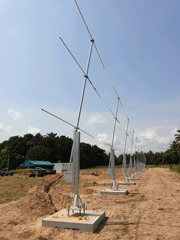
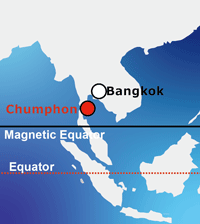
Future Prospects
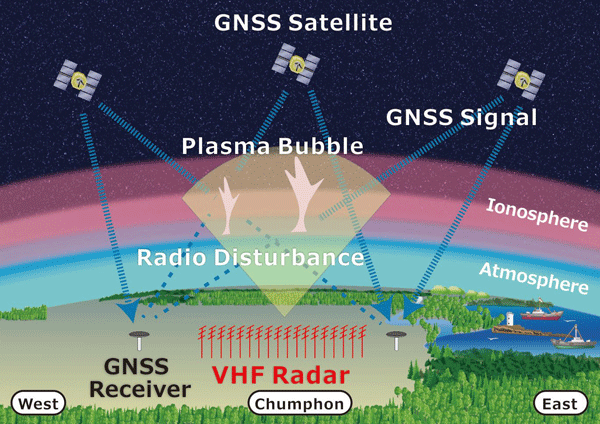
Chumphon VHF radar system for monitoring plasma bubble
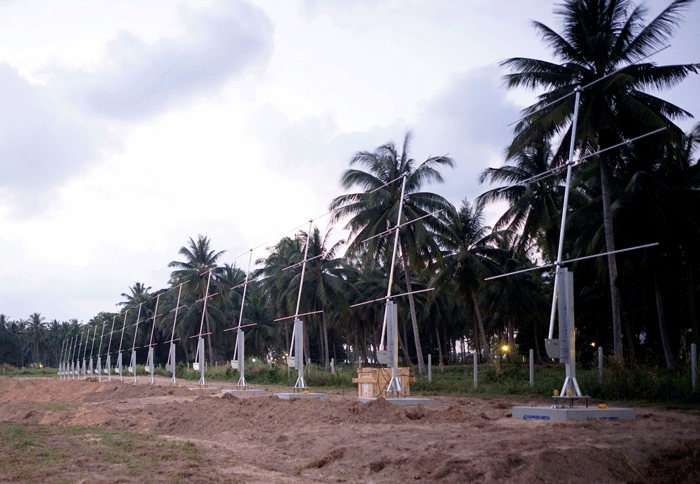
Glossary
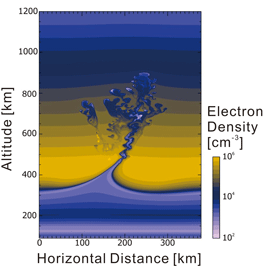
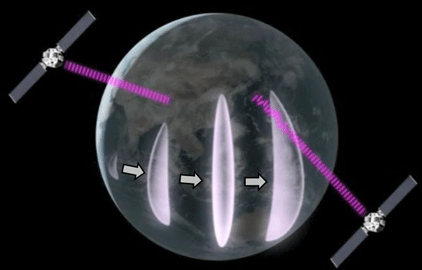
Movie: https://www.youtube.com/watch?v=FDhZF9-ixv8
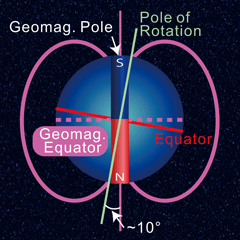
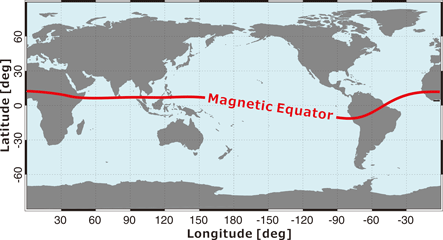
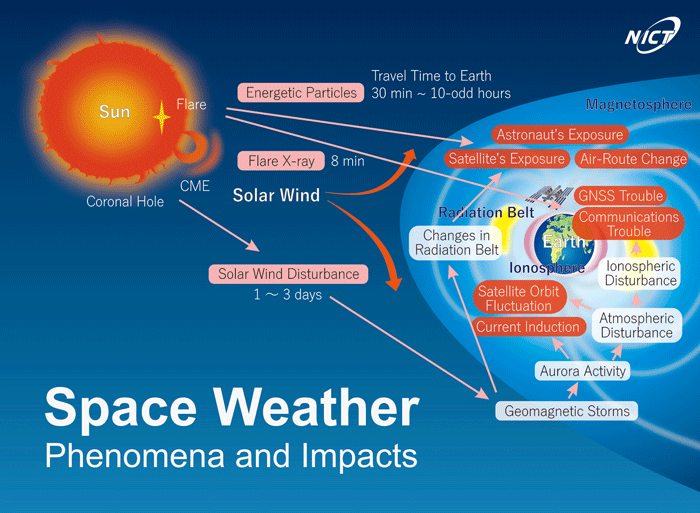
Technical Contact
TSUGAWA Takuya
Space Environment Laboratory
Applied Electromagnetic Research Institute
Tel: +81-42-327-5239
E-mail:


















Media Contact
HIROTA Sachiko
Press Office
Public Relations Department
Tel: +81-42-327-6923
E-mail:





















